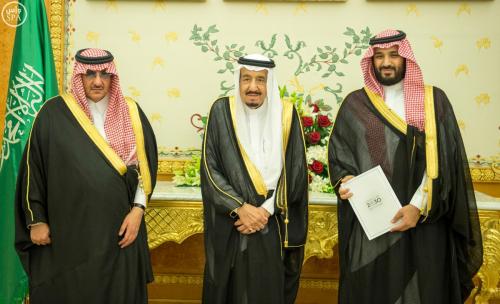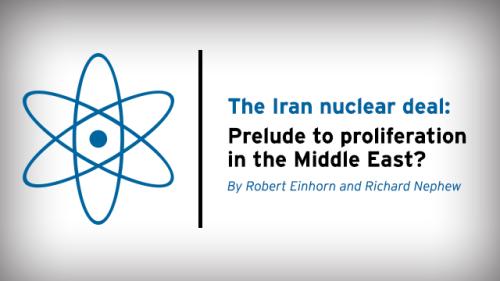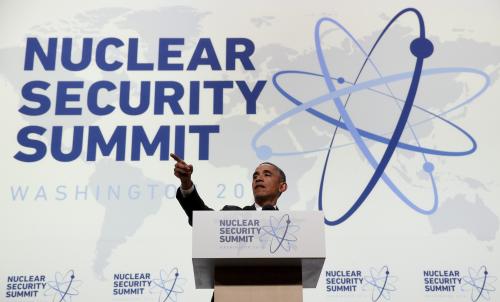We are still a long way from a formal international agreement restraining Iran’s nuclear program, but the contours of a deal — both an interim accord and the final agreement — are slowly coming together. It won’t be perfect, but our worst mistake would be to make an impossible ideal the enemy of a tangible, “good enough” agreement.
When negotiations resume this week in Geneva between the United States, Britain, France, China, Germany and Russia on one side, and Iran on the other, the two parties will concentrate first on sealing an interim deal that would freeze Iran’s nuclear progress in return for some modest relief from sanctions; if that happens, negotiators would turn to hammering out details of the final, critical agreement.
That final agreement is expected to cap Iran’s uranium enrichment and halt its construction of a reactor to harvest plutonium. Moreover, it would bind Iran with far more intrusive inspections than those currently in place (or ever imposed on Iran), and it should carry the threat that sanctions could be quickly reimposed if Iran were ever caught cheating. Thus, Tehran could not manufacture even a crude nuclear weapon quickly, and it would be highly likely that the world would know about it long before such a weapon were ready.
If we can get it, such a final deal should be more than adequate to remove the Iranian nuclear program as a source of fear and instability in the Middle East.
Of course, it still wouldn’t be perfect. It would not eliminate Iran’s nuclear program. It would probably allow Tehran to continue some enrichment. In theory, this residual capability could become the foundation of a new Iranian drive for nuclear weapons, possibly even a secret one.
Read more at The Washington Post.



Commentary
Op-edHow to Assess an Iranian Nuclear Deal
November 15, 2013